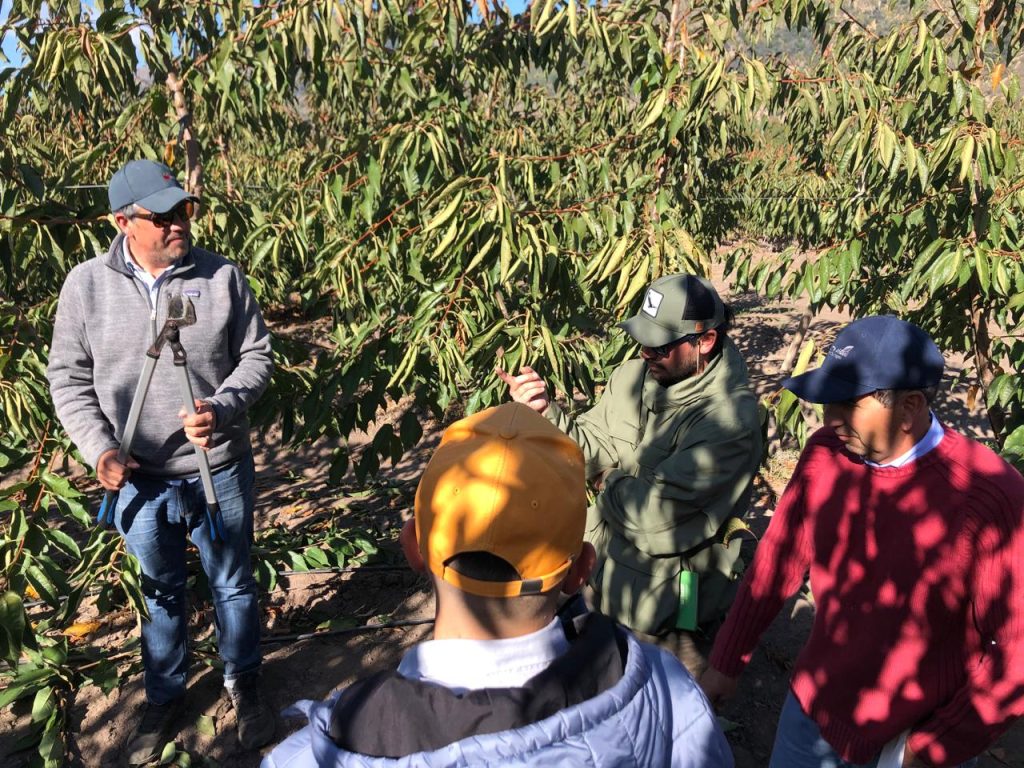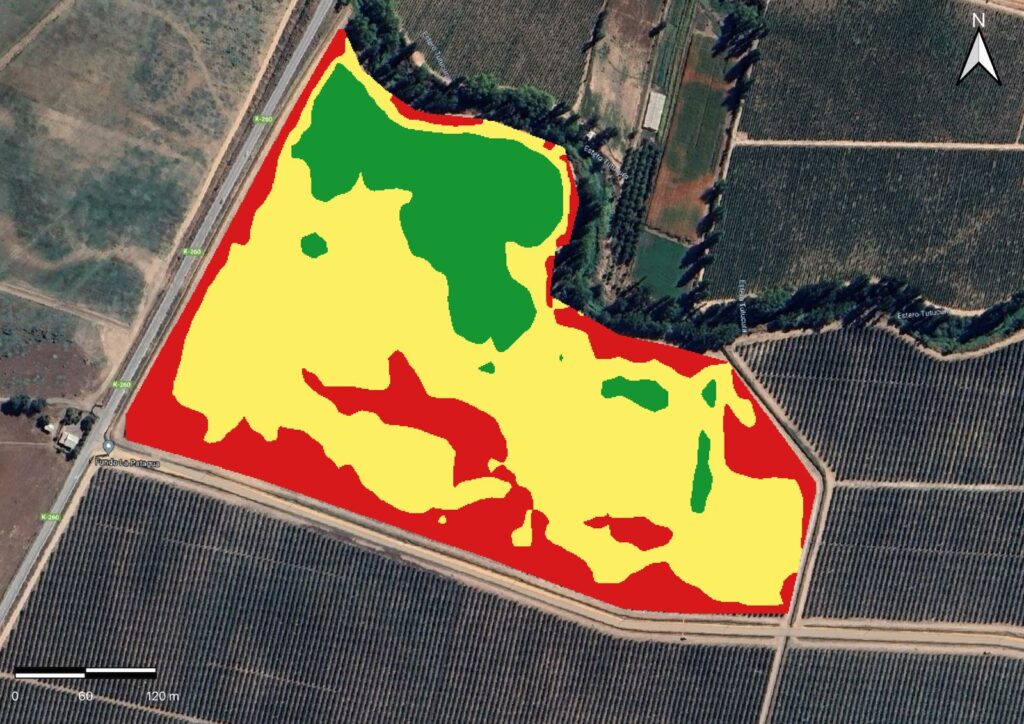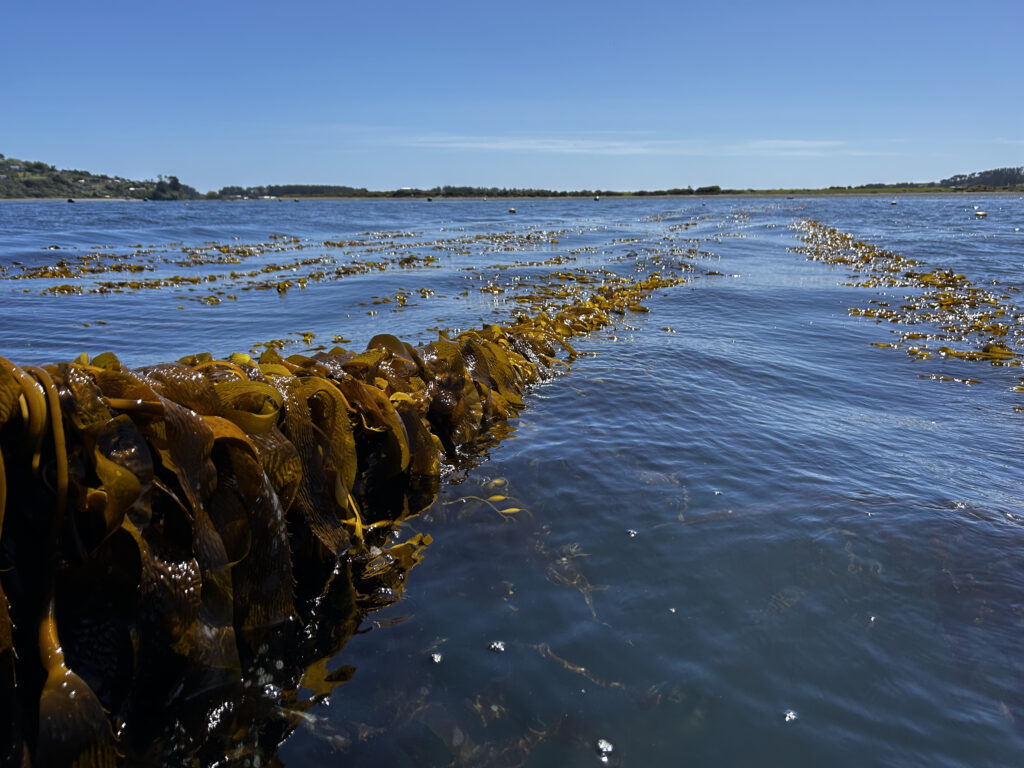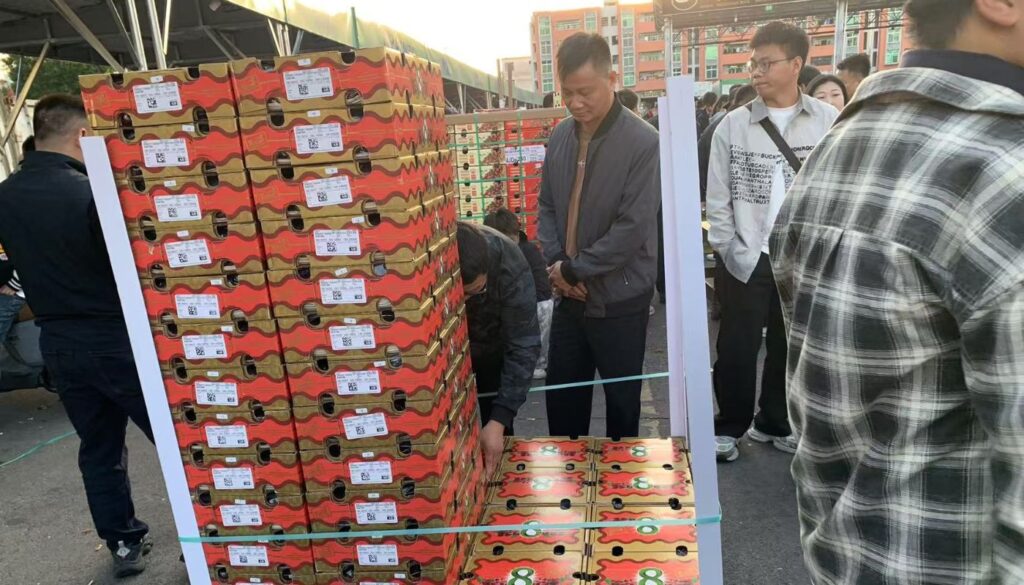Advisors Carlos Tapia, Óscar Aliaga and Bruno Tapia answer questions and provide recommendations regarding the onset of winter dormancy in orchards.
This Thursday, May 2, at 9:30 p.m., Reportajes en Smartcherry TV premieres “Winter is Coming,” a new episode that will be added to the successful section of our YouTube channel. On this occasion, specialists in the field will analyze the entry into dormancy of cherry orchards.
«First of all, dormancy is a very important cycle that the plant or any deciduous fruit tree has to complete in order to satisfy its annual cycle, therefore, we have to understand that the plant has to make the most of this dormancy period; and as a calendar reference, this dormancy period goes from the first of May to the 31st of July, from the point of view of the accumulation of cold hours, with the climatic models that we work with», explained Carlos Tapia, technical director of Avium.

Óscar Aliaga, advisor and consultant specializing in cherries and technical director of Only Cherries Consultores, will also be part of this new chapter dedicated to the beginning of the winter dormancy of the plants: «We are in autumn, the month of April, almost the second half of April, naturally the leaves should have fallen; I remember years ago autumn arrived, practically, in the first weeks of April with the frosts, and in deciduous trees, which are mainly cherry trees, 100 percent of the leaves should have fallen naturally, I would say, in the month of April. What is happening now? What is very fashionable, climate change has made autumn disappear and the trees, practically, in April keep their leaves and we wait for the signs of autumn to begin to appear», the specialist indicated.
La Niña phenomenon and accumulation of cold hours

«It is very likely that we will have a high rate of cold hours; dormancy, as we know, is a period of rest for fruit trees in which they must accumulate cold hours, especially temperatures below 7 degrees and since this year there is a greater probability that the La Niña event will be present, that will generate clear skies, a lot of accumulation of cold hours, so there should be no problem in accumulating between 1,200 and 1,400 hours of cold in the central zone of Chile,» said Patricio González, an Agroclimatologist from the University of Talca, who will provide interesting data in today's episode.
In turn, together with Bruno Tapia, Avium's technical coordinator, our team toured a cherry orchard to evaluate leaf fall and analyze strategies to promote this process, which will be explained in tonight's report.
The new chapter is sponsored by Nordox from UPL; Cogrowers; Corteva; ChemieAgro; AWS and Green Has. You can check out the preview below.








